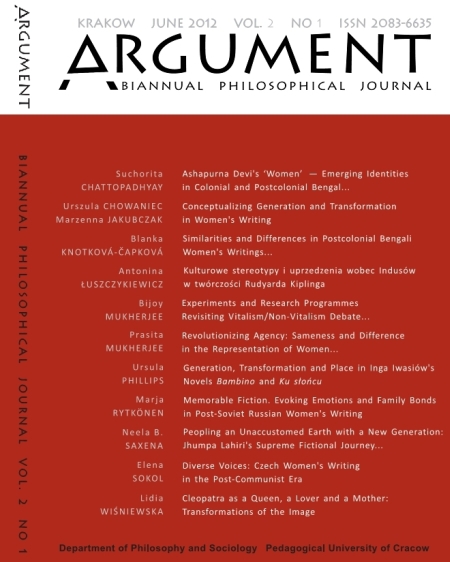Cleopatra – a Queen, a Lover, a Mother: Transformations of the Image
Keywords:
archetypes, Cleopatra VII, coincidentia oppositorum, Mircea Eliade, Karen Essex, Horace, image, imagology, mythical patterns, William Shakespeare, transformationsAbstract
Transformations are not only conditioned by facts encompassing narrower or wider panoramas: from concentrating on death and one (political) role (the ode of Horace), through recalling Cleopatra’s mature life and love (the drama of Shakespeare), to creating an image embracing the heroine’s whole life with its numerous roles, but as a mother and a daughter in the first place, because even her lovers resemble a father and a child (the fictional biography of Karen Essex). Above all, they appear to be more connected with different attitudes towards universal references lying within human cognitive abilities. Horace’s didactic opposition of contradictory patterns leads to the victory of one of them — and it is a linear pattern, as an equivalent of modern myth, which is accepted by the author himself. In Shakespeare, it takes a form of tragedy resulting from the fragmentary character of each pattern, one of which introduces change (archaic myth) and the other constancy (modern myth), and from a painful attempt to combine them. In Essex, the vision of the world in which archaic myth, strongly represented by a child, triumphs is utopian. Irrespective of the differences, all the works realize the essential role played by images developed by heroes, and especially by authors, in human cognition


